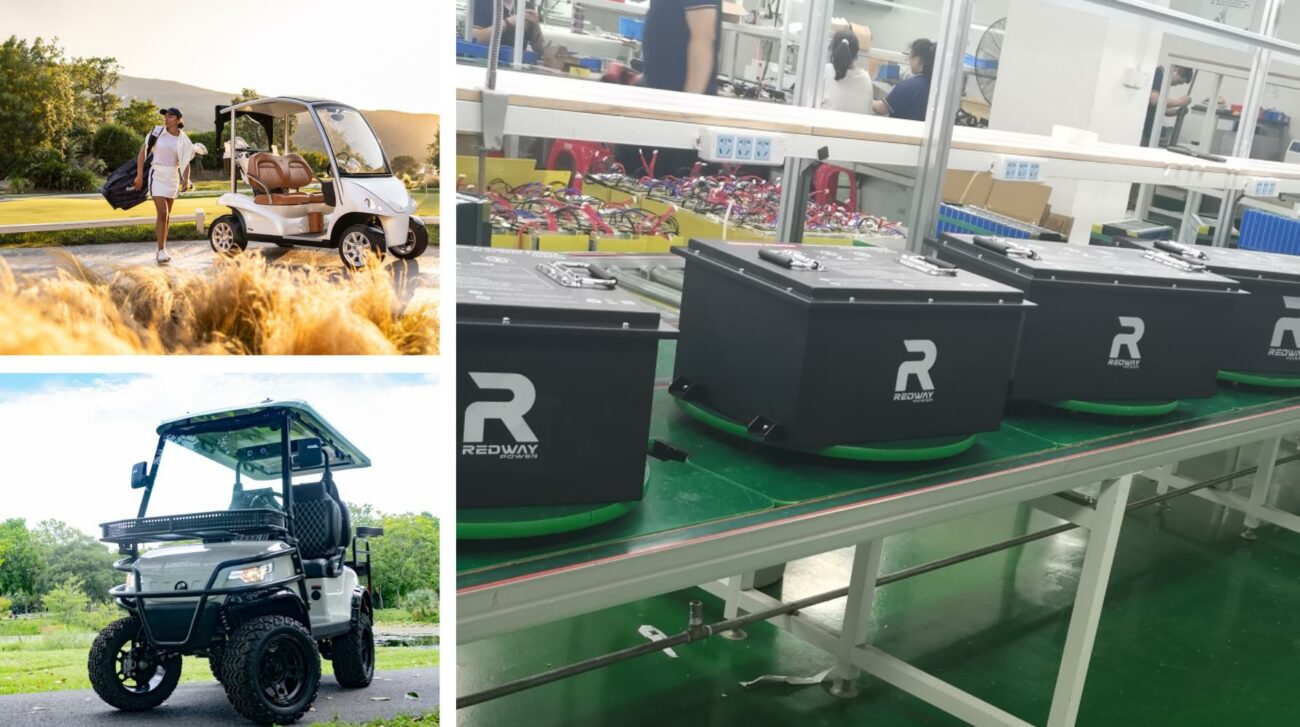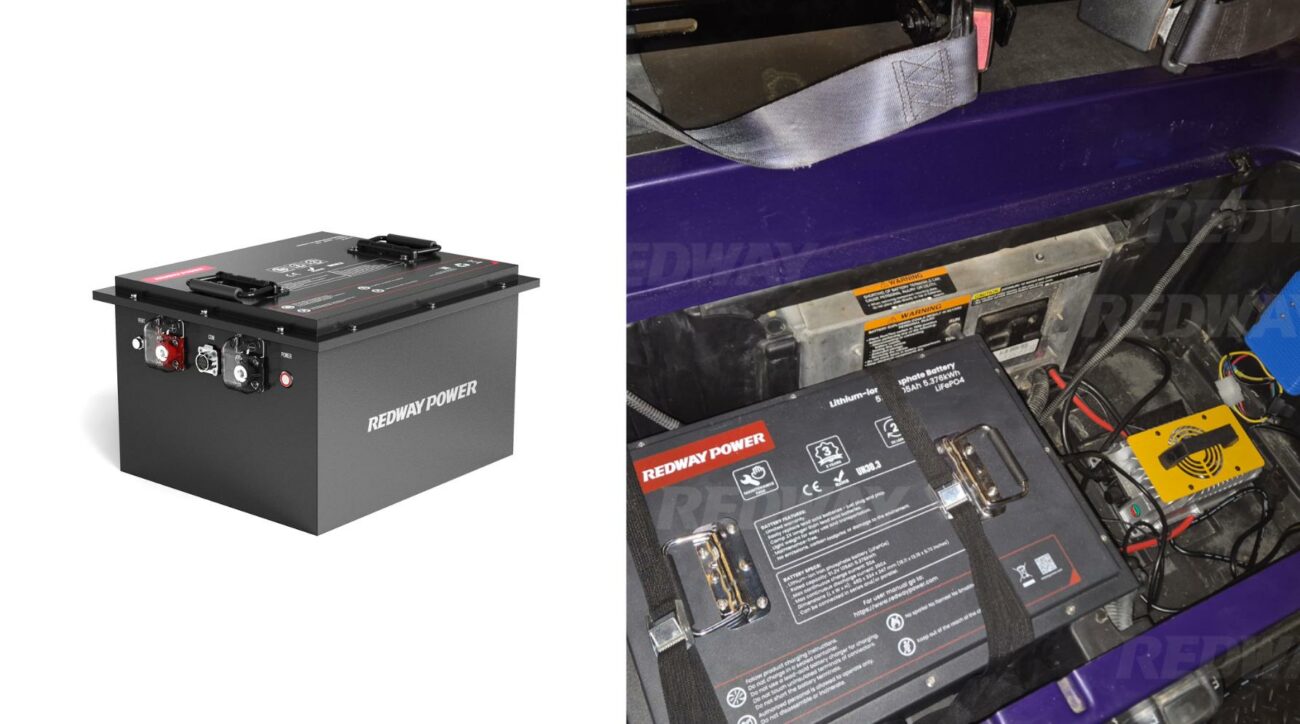Answer: Maximizing the lifespan and range of a 72V 50Ah lithium battery involves optimizing charging habits, avoiding extreme temperatures, maintaining partial discharge cycles, and using compatible chargers. Regular firmware updates, cell balancing, and monitoring usage patterns also enhance performance. Proper storage and avoiding deep discharges further extend longevity while ensuring consistent power delivery.
How Far Can a 72V 50Ah Lithium Battery Go?
How Does Charging Practice Affect Battery Lifespan?
Charging practices significantly impact lithium battery lifespan. Avoid full 100% charges; instead, keep cycles between 20%-80% to reduce cell stress. Use a charger with voltage limits matching the battery’s specs. Overcharging or fast charging generates excess heat, degrading cells. Partial charging preserves capacity over time. For example, a 72V 50Ah battery charged to 80% lasts 2-3x longer than one routinely fully charged.
Smart chargers with adaptive current control can further optimize charging. These devices adjust the charge rate based on the battery’s state of charge (SOC) and temperature. For instance, a 72V 50Ah battery charged at 0.5C (25A) experiences less heat buildup compared to a 1C (50A) fast charge. Additionally, using a charger with a precision voltage cutoff (e.g., 84V for a 72V battery) prevents overvoltage stress. Below is a comparison of charging methods:
| Charging Method | Charge Rate | Cycle Life |
|---|---|---|
| Standard (20%-80%) | 0.5C | 2,000 cycles |
| Fast Charging (0%-100%) | 1C | 800 cycles |
| Partial + Adaptive | 0.3C-0.7C | 2,500 cycles |
Why Does Temperature Management Matter for Lithium Batteries?
Temperature extremes accelerate chemical degradation. Ideal operating range is 15°C–25°C. Below 0°C, lithium-ion cells risk plating, reducing capacity. Above 45°C, thermal runaway becomes a hazard. Store batteries in climate-controlled environments. For electric vehicles, avoid direct sunlight exposure. Insulated battery cases and thermal management systems (TMS) mitigate temperature swings, ensuring stable performance and longevity.
Advanced thermal management systems, such as liquid cooling or phase-change materials, maintain cell temperatures within ±2°C of the optimal range. For example, a 72V 50Ah battery pack with liquid cooling can operate efficiently even in ambient temperatures of 35°C, whereas passively cooled packs may experience a 15% capacity drop under similar conditions. Below is a breakdown of thermal management techniques:
| Method | Temperature Control Range | Energy Efficiency |
|---|---|---|
| Passive Cooling | 10°C–30°C | 85% |
| Active Air Cooling | 5°C–35°C | 75% |
| Liquid Cooling | -10°C–50°C | 92% |
What Role Do Discharge Cycles Play in Range Optimization?
Shallow discharge cycles (20%-80%) maximize cycle life compared to deep discharges. A 72V 50Ah battery discharged to 50% daily offers ~2,000 cycles, while 100% discharges reduce cycles to ~500. Use battery management systems (BMS) to set discharge limits. Partial cycling maintains higher energy retention, ensuring longer range per charge over the battery’s lifetime.
How Can Firmware Updates Improve Battery Efficiency?
Firmware optimizes BMS algorithms, improving charge/discharge accuracy and cell balancing. Updates address inefficiencies like voltage drift or overcurrent errors. Smart BMS firmware enables adaptive charging, adjusting rates based on temperature and usage history. For example, updated firmware can boost a 72V 50Ah battery’s range by 8-12% through refined energy distribution and reduced parasitic losses.
Does Cell Balancing Prolong Battery Health?
Yes. Cell balancing ensures uniform voltage across all cells, preventing overcharging/over-discharging imbalances. Passive balancing dissipates excess energy from high-voltage cells, while active balancing redistributes energy. A well-balanced 72V 50Ah pack maintains capacity consistency, reducing premature aging. Imbalanced cells lose 15-20% capacity faster, shortening overall lifespan and range.
What Are the Benefits of Real-World Usage Monitoring?
Monitoring usage via apps or BMS data reveals patterns like frequent deep discharges or high-load scenarios. Adjusting usage—such as reducing peak current draws—minimizes stress. For instance, lowering acceleration in EVs cuts peak current by 30%, preserving cell integrity. Real-world analytics enable proactive maintenance, optimizing both lifespan and range.
Expert Views
“A 72V 50Ah lithium battery’s performance hinges on proactive care. Balancing cells quarterly and updating firmware annually can add 3-5 years to its lifespan. Avoid storing at full charge—40-60% is ideal for longevity. At Redway, we’ve seen thermally managed packs retain 90% capacity after 1,500 cycles, outperforming unmanaged counterparts by 200%.” — Redway Power Solutions Engineer
Conclusion
Maximizing a 72V 50Ah lithium battery’s lifespan and range requires strategic charging, temperature control, and firmware management. Prioritize partial discharge cycles, cell balancing, and real-world usage adjustments. Implementing these practices ensures sustained performance, reduced degradation, and extended operational life, making it a cost-effective and reliable power solution.
FAQ
- How often should I balance my battery cells?
- Balance cells every 3-6 months or after 50-100 cycles. Severe imbalances require immediate attention.
- Can I use a fast charger daily?
- Occasional fast charging is safe, but daily use accelerates degradation. Opt for standard charging (0.5C) for routine use.
- What’s the ideal storage charge level?
- Store lithium batteries at 40-60% charge in a cool, dry place. Avoid full or empty states to prevent capacity loss.




